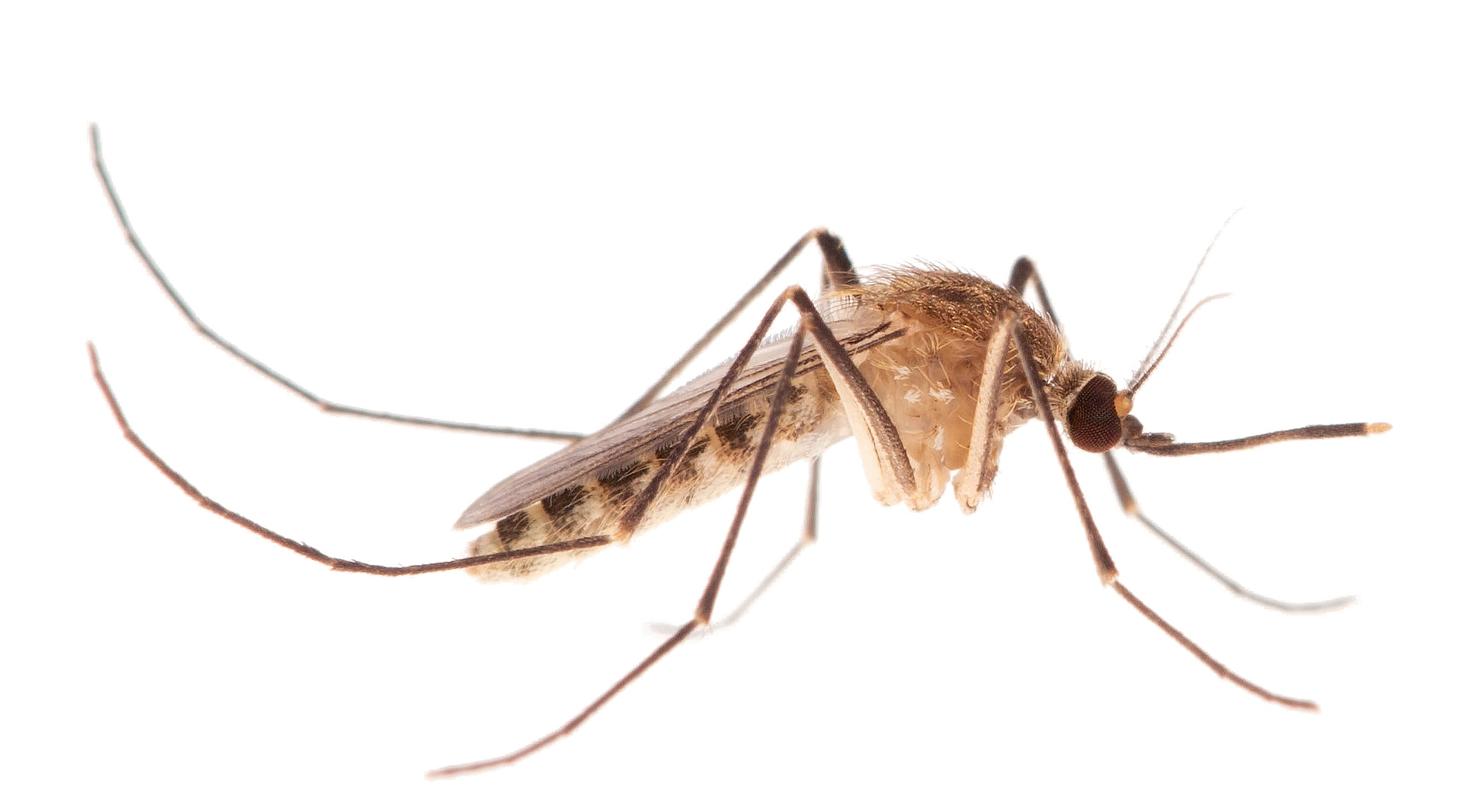PIIRS Graduate Dissertation Fellow helps rewrite the origin story of ‘London Underground mosquito’

Cities are changing the planet at an incredible pace, and urbanization drives evolution — and sometimes extinction — in animals, plants and even microbes. Yet very little is known about how, or how quickly, species evolve to survive alongside humans.
A new study in Science aims to understand the evolution and genomic diversity of human-biting mosquitoes, the insects responsible for transmitting many of the world’s deadliest diseases. The so-called “London Underground mosquito,” or molestus, is one of the most famous examples of supposed rapid urban evolution. This mosquito has a bird-biting form, Culex pipiens, that lives above ground and a human-biting form that thrives in sewers and subways. It can mate in tight spaces, stay active through the winter, and even lay eggs without a blood meal. “Those are remarkable traits, and we wanted to know when and where they actually evolved,” said Yuki Haba *23, who received his Ph.D. from the Department of Ecology and Evolutionary Biology and is currently a Leon Levy Scholar in Neuroscience at Columbia University's Zuckerman Mind Brain Behavior Institute. Haba was a recipient of the 2022-23 PIIRS Graduate Dissertation Fellowship.
“For a long time, the leading idea was that the ‘London Underground mosquito’ evolved right there in the subway tunnels. During World War II, Londoners sheltering from bombing in the Tube noticed mosquitoes biting them underground, and scientists proposed that a new, human-biting form had evolved in situ within just a century,” Haba, who is the study’s lead author, said. “The other, less well-known hypothesis is that molestus didn’t evolve underground at all but began adapting to humans much earlier and in a very different setting.”
To test these hypotheses, researchers built the first large-scale population genomic dataset for Culex pipiens across 77 populations in Europe, North Africa, and western Asia, which finally allowed researchers to ask when, where and under what ecological conditions molestus first evolved. Over the course of seven years, researchers collected dead mosquitoes preserved in ethanol and sequenced 357 contemporary mosquitoes and 22 historical specimens from 200 collaborators. “For years, molestus was held up as a textbook example of rapid adaptation to city life, showing how quickly complex traits could evolve. However, the evidence was surprisingly scarce. We and other mosquito biologists knew that the London Tube origin was extremely unlikely.” Haba said. “Instead, we found that these changes took much longer — thousands of years, which is still fast in evolutionary terms! One of the biggest takeaways is that adaptation to human spaces didn’t need to start with subways or skyscrapers. Early human societies laid the groundwork for what we now call ‘urban evolution.’ Many species thriving in cities today may have deep evolutionary ties to us, shaped through repeated interactions over millennia. Recognizing that history helps us predict which organisms are likely to succeed or cause problems as we continue transforming the world around us.”
The study also has significant public health implications. “We found that hybridization between bird-biting pipiensand human-biting molestus, which allows viruses to jump from birds to humans, referred to as ‘viral spillover’, is much rarer than previously believed,” Haba said. “What earlier studies interpreted as ‘mixing’ often reflects shared ancient ancestry instead. But where hybridization does occur, it’s linked to human population density, meaning it happens more often in urban areas. This finding gives us a new framework to explore how urbanization, gene flow and disease transmission are all connected.”
Even though researchers have shown that molestus has ancient origins, that doesn’t mean evolution has stopped. “One exciting question for future research is whether some of the traits molestus has — for example, the ability to lay eggs without bloodmeal — are bona fide recent, rapid adaptations to underground life, and whether they evolved just once or multiple times independently,” Haba said. “We also think this work opens new doors for studying how mosquito evolution interacts with urbanization and viral spread. By disentangling ancient variation from true hybridization events, we may be able to better predict where mosquitoes capable of bridging bird-to-human transmission might emerge. We suggest future surveillance should incorporate as much genomic data and analyses as possible, so that we can better understand the links between urbanization, gene flow, ancestral variation and viral spillover.”
Haba’s co-authors include Petra Korlević, Wellcome Sanger Institute; Erica McAlister, Natural History Museum, London; Mara K. N. Lawniczak, Wellcome Sanger Institute; Molly Schumer, Stanford University; Noah Rose, Princeton University; and Carolyn McBride, Princeton University.
The study was supported by Princeton Institute for International and Regional Studies’ Dissertation Fellowship, High Meadows Environmental Institute, the American Philosophical Society, the New York Stem Cell Foundation, the Helen Hay Whitney Foundation, Wellcome, the Society for the Study of Evolution, the Masason Foundation, the Walbridge Fund Award, and the Pacific Southwest Center of Excellence in Vector-Borne Diseases.
The study “Ancient origin of an urban underground mosquito” was published in the journal Science on October 23, 2025. DOI: 10.1126/science.ady4515
